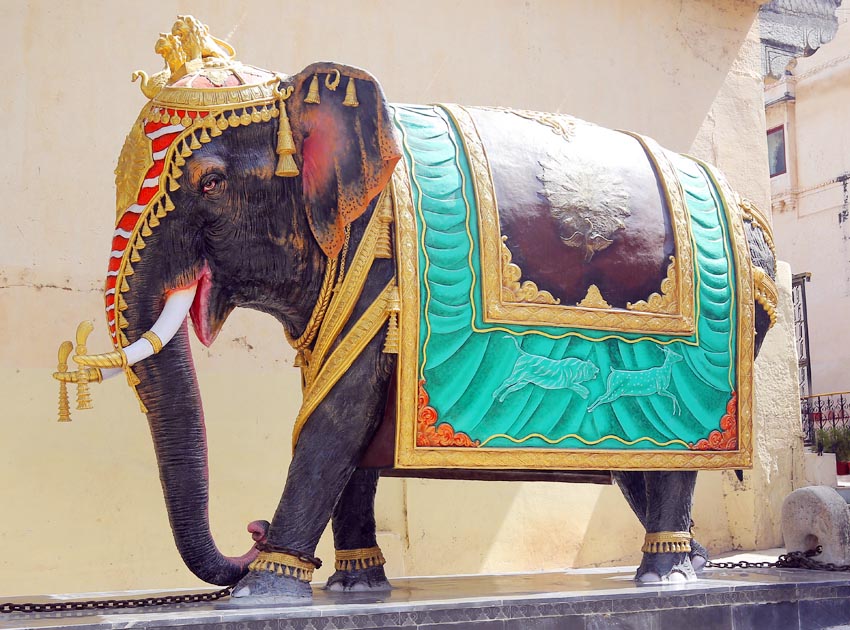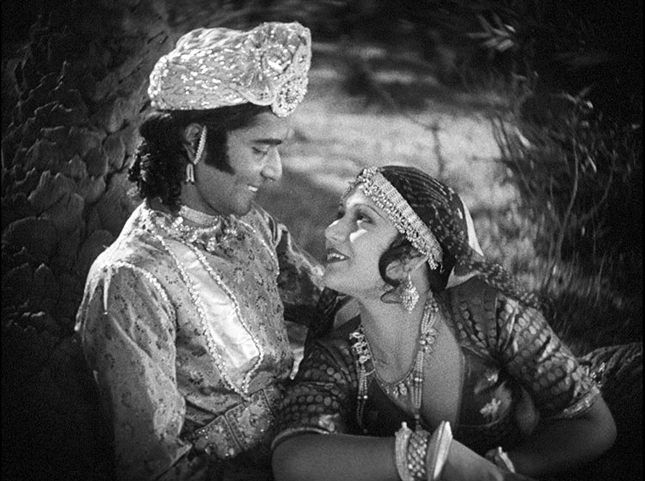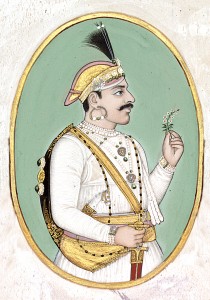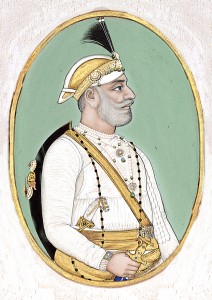
The Elephant Zone at The City Palace, Udaipur
Posted by Admin on Friday, May 27th, 2016
The area between Badi Pol, the main entrance gate of the City Palace, Udaipur and Tripoliya, the triple arched gate, was known as Hation ka Halka or the Elephant Zone area. …[Read More]
Maharana Bhopal Singh
Posted by Admin on Tuesday, July 29th, 2014
Maharana Bhopal Singh
Ruling Period: 1930 – 1955
“The most pathetic person in the world is someone who has sight but no vision.”
-Helen Keller
A man with a vision is most definitely the strongest. This suffices the tale of a king who envisaged a life for himself and his people and fought the evil outside and within. Maharana Bhopal Singh of Mewar was born to Maharana Fateh Singh. At a young age of sixteen, he was paralysed from waist down but this did not deter him from replicating courage and bravery of his forefathers.
He ascended the throne in 1930 after his father’s death but was exercising power since 1921 after the British curbed his father Maharana Fateh Singh’s power and advised him to resign in favour of his nominated heir. Maharana Bhopal Singh was given the power to rule and he steered India during the era of turbulence, when the nation was fighting for Independence. He could foresee the changes that were happening across the country and encouraged political and social transformations. Like his ancestors he served for social augmentation of his kingdom and built various schools and colleges, especially for girls. He reformed the social and judicial powers of his state. As an environmentalist he organised long term afforestation programs for the Aravalis and began constructing Bhopal Singh dam.
After independence from the British Empire, he merged his state into the Rajasthan Union and was appointed as the Maharajpramukh of Rajasthan by the Indian government, the only title of its kind in India. He served his people and their interests even though the sovereignty of Mewar had ended. He died in 1955 with Maharana Bhagwat Singh as his adopted heir.
Even though the Maharana was physically handicapped and lacked certain physical attributes, nonetheless his courage fought till the end and he went on to become a great ruler and guided Mewar through India’s tumultuous era with a deep sense of patriotism, retaining the pride of his Suryavanshi ancestors.
Maharana Fateh Singh
Posted by Admin on Tuesday, July 29th, 2014
Maharana Fateh Singh
Ruling Period: 1884 – 1930
The Suryavanshi king of Mewar symbolised two things – pride for the legacy of their forefathers and duty towards their kingdom. Every Suryavanshi fought for sovereignty and dedicated their resources in developing their land, uplifting the social and living conditions of the people of Mewar.
Like a true Suryavanshi and following ancestral footsteps, Maharana Fateh Singh ascended the throne with a visionary approach towards Mewar. Born to the Shivrati branch, the descendants of the fourth son of Maharana Sangram Singh; Maharana Fateh was first adopted by Gaj Singh and later by Maharana Sajjan Singh, the ruler of Udaipur, both of whom had no heir.
After ascending the throne, he revolutionised the living standards of general people by modernising administration and educational institution. Land revenue settlements, roads, irrigation works and medical facilities improved under his rule and became better.
During his rule was built the beautiful Shiv Niwas Palace in Udaipur, a palace kept reserved for dignitaries and VIPs. Later it was converted into a luxury hotel. He also extended the Dewali Lake by building Connaught Dam; the enlarged lake becoming the Lake Fateh Sagar of today.
On the other hand, replicating the true Suryavanshi, he became the only maharaja who did not attend the Delhi darbar twice. He believed that he was not the ruler by the grace of any Queen and this attitude placed him at odds with the British Queen. He was advised to abdicate all his powers in the favour of Maharana Bhopal Singh, his nominated heir; but he declined the proposal. He remained the nominal power of Mewar for another nine years but his powers were curtailed by the British Empire. Maharana Bhopal Singh ascended the throne after Maharana Fateh Singh died, ruling Mewar for almost half a century. The revolutionary ruler of modern Mewar died in Udaipur at an age of eighty, playing his character and finishing up his duties towards society as the Suryavanshi king of Mewar.

A silent movie that has made so much noise. Over centuries and across continents.
Posted by on Thursday, September 26th, 2013
A timeless love saga that climaxes as a reunion of true love and ropes in the passion of gambling and the strings attached. ‘A Throw of Dice’ is a silent film that dates back to 1929 and is based on the pivotal gambling episode of the famous Indian epic, ‘The Mahabharata’. …[Read More]


